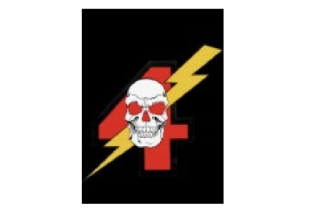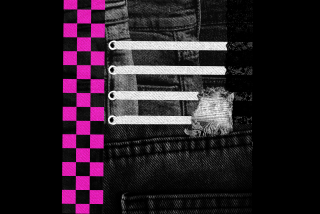Today’s Agenda
We all know that the gang problem in Southern California is out of control and that most of our communities are affected--African-American, Asian, Latino, Anglo and others. We identify some of these gangs by the color of their clothing.
But is clothing a real indicator of gang status? Does what a kid wears determine whether he or she is good or bad? Do baggy pants and baseball caps worn backward mean a kid is a member of a gang?
Some people believe that this type of identification is wrong, that it can stereotype good kids who like to dress a certain way.
In today’s Community Essay, Dan Tsang, a lecturer at UC Irvine, contends that many Asian-American teen-agers in Orange County are being labeled gang members or associates simply because of the way they dress.
But dressing differently is part of youthful rebellion. According to Hunter Hurst, director of the National Center for Juvenile Justice, “In this country, if you do not at some time in your youth defy the established order there’s something wrong with you. That’s part of the ritual of becoming an adult.”
Hurst says that kids have to become their own person and they start looking for symbolic methods of accomplishing that. Clothing, he says, is one of the ways that young people have always done this.
A problem between young people and law enforcement arises, according to Hurst, when police are under pressure to do something about gang activity and law-abiding kids start wearing clothes that police identify with gang members.
We expect the police to enforce the law and in fact somehow magically eradicate the gang problem, he says.
“But clearly our legal system does not permit the police to stop me for what I’m wearing,” Hurst continues. “And you don’t even have to be a lawyer to know that. . . . That’s not what our country is about.”
Fountain Valley Police Chief Elvin G. Miali says 47 gangs were spotted in his city last year. But, he says, “an officer must have probable cause to stop an individual--anything from from a traffic stop (to) a call from a citizen regarding a disturbance or a crime.”
A person can’t be stopped arbitrarily, Miali says. “If we make these stops, we determine that the person is a gang member or associate. They can be flashing gang signs or be in the company of a known gang member.
“If he fits the category, then he’s asked if we can take his picture. That applies to girls as well.
“We warn people if we see them in the company of known gang members. If we see him with a gang member four or five times and we’ve advised him, then we take the pictures. But we always ask.”
Miali denies that his department targets Asian-American teens. “We are not targeting Asians; we have skinhead (gangs), we have blacks, we have Latinos, we have Samoans. Also, we don’t have a mug book. The photos are placed in a steel filing cabinet by name, not race.”
But the tension between enforcement and civil liberties remains, especially when teen-agers find it cool to emulate the gang look.
More to Read
Sign up for Essential California
The most important California stories and recommendations in your inbox every morning.
You may occasionally receive promotional content from the Los Angeles Times.










